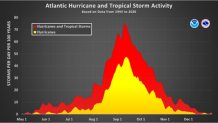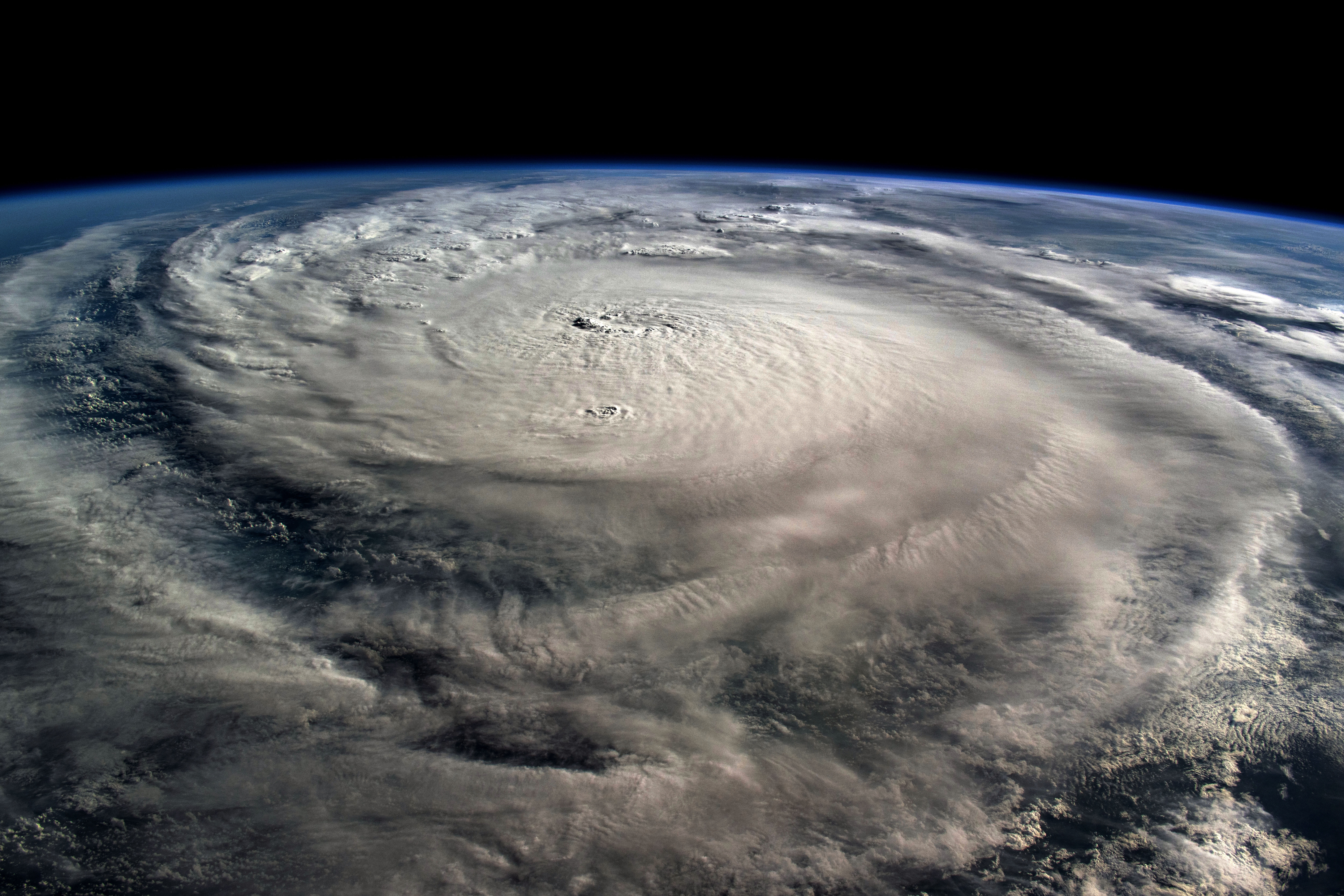In 2004, four hurricanes battered Florida in a span of 6 weeks. Meteorologist Ryan Phillips and Hurricane specialist John Morales discuss the phenomenon.
Think back to early April, when the first seasonal forecast was released for the 2024 hurricane season by Colorado State. It was ominous. In fact, it still is.
Now think back to late May when NOAA released their seasonal forecast. Big numbers, big season, high expectations.
Watch NBC6 free wherever you are
Today we’re settling into the third week of August with new school and work routines. Conveniently, here comes (post-Ernesto) a lull in tropical activity that looks to carry for several days. This break is not uncommon - but is also not always comforting. Why so?
August always reminds me of Andrew and Katrina… Charley, Harvey and Laura. But, if you want to dig deeper, history will thrust Alicia, Allen, Camille and Ida to the top of the list, too.
Get local news you need to know to start your day with NBC 6's News Headlines newsletter.
August can and does perform.
But if you’re wondering where the action is…allow me to remind you that we’re crossing the threshold into the most active time frame of the year, even though we’ve pushed 45% of the season behind us.

The majority of storm development happens from late August through mid-October. This is typically the toughest 60-day stretch to navigate in a hurricane season.
Hurricane Season
The NBC 6 First Alert Weather team guides you through hurricane season
What we’ve already experienced doesn’t necessarily dictate what’s ahead. So far in 2024, five named storms and three hurricanes have developed, with two United States landfalls. Isn’t that enough for a bad season?
In 2022, when Ian and Nicole made Florida landfalls, three named storms had formed by this point with 11 more to follow for the balance of season.
However, before the core of the season showed its face, a 60-day stretch with no named storms settled dead in the heart of summer, early July through early September.
I’m sure folks wondered if we’d have a storm season then, just as some question today.
Back in 2020, 10 named storms had formed through mid-August. Impressive by that benchmark alone, the remainder of the season followed with 20 additional storms and 6 US landfalls.
No two seasons are the same, nor should they be compared in a parallel manner.
At this point we remain at the crossroads of aggressive seasonal forecasts, warm sea surface temperatures, a slowly developing La Niña and a whole lot of unknowns. So, while the Saharan dust settles, keep trekking through the season as you always do.
Look not where we’ve been, remain focused on where we’re going.



